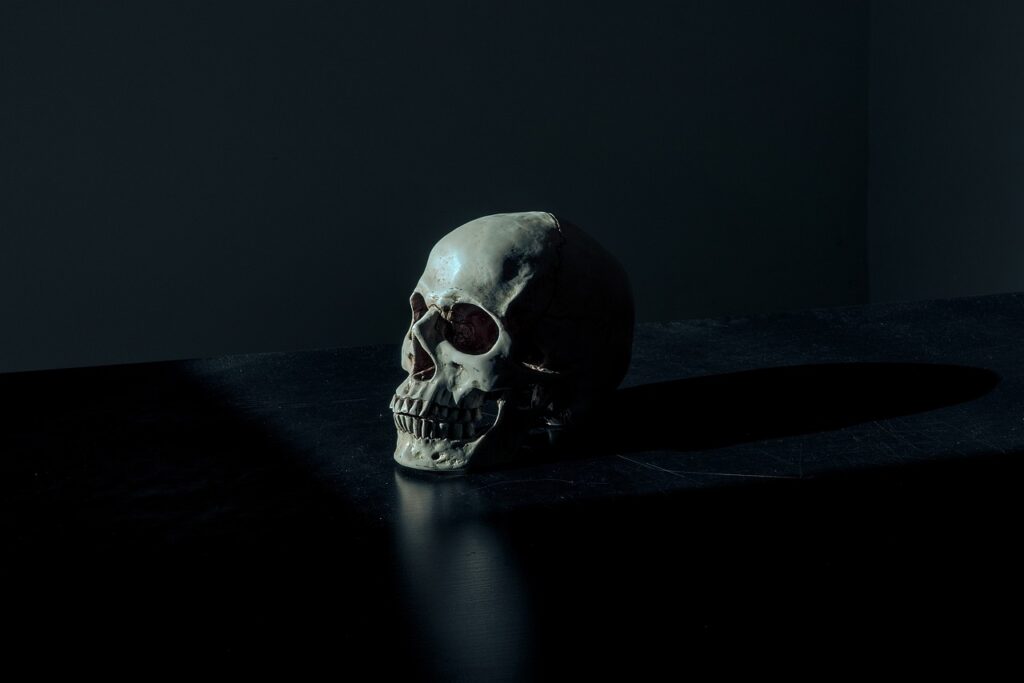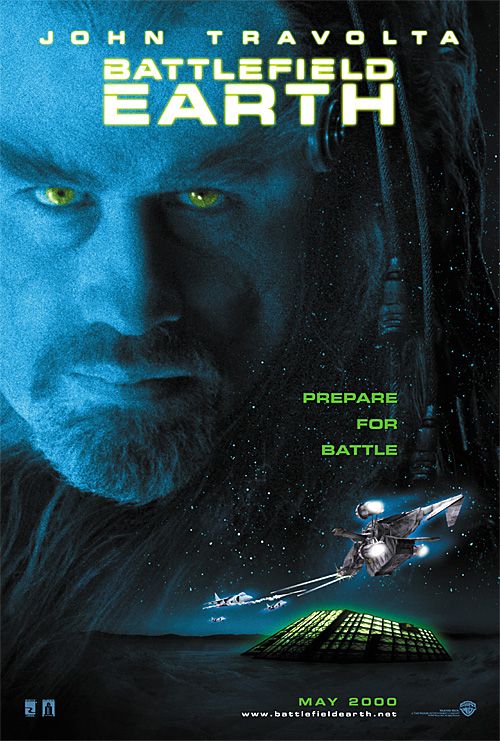
The passing of Rick Davies, the co-founder and enduring creative force behind the British rock band Supertramp, on September 6, 2025, at the age of 81, marked the end of an era for a group that blended progressive rock and pop styles to achieve global acclaim. Davies, who succumbed to cancer at his home in Long Island, was the singular constant member throughout Supertramp’s long and varied history, steering its course through numerous lineup changes and shifting musical landscapes. His influence, both as a vocalist and keyboardist, and as a primary songwriter, was indelible, shaping a sound that resonated with millions across North America, Europe, South Africa, and Australia.
His journey, from a Swindon-born keyboardist with a profound love for blues and jazz to the leader of a platinum-selling band, is a testament to perseverance and artistic vision. While Supertramp’s most commercially successful period is often associated with the dynamic songwriting partnership between Davies and Roger Hodgson, it was Davies’s steadfast commitment that kept the band alive and touring for decades, even after Hodgson’s departure in 1983. This article delves into the foundational contributions of Rick Davies, exploring the intricate beginnings of Supertramp, the evolution of its sound, and the key milestones that defined its early, classic phase under his guiding hand.
We will examine the crucial elements that established Supertramp as a significant entity in rock music, from the initial patronage that brought the band to life, through the formation of its most beloved lineup, and the creative processes that led to landmark albums. The story of Rick Davies and Supertramp is one of enduring artistic collaboration, challenging industry expectations, and ultimately, achieving a unique sound that captivated a worldwide audience, laying the groundwork for the legacy he leaves behind.

1. **The Genesis of Supertramp and Rick Davies’s Vision**Rick Davies, a keyboardist from Swindon with a deep-seated affinity for blues and jazz, found himself at a pivotal moment in 1969. His previous musical endeavor, a band known as The Joint, had disbanded, leaving him at a crossroads. However, Davies possessed a unique advantage: the unwavering support of Stanley “Sam” Miesegaes, a Dutch millionaire who had previously funded The Joint. Miesegaes, reportedly disappointed with the prior group’s direction, recognized Davies’s untapped talent and offered him the financial backing to form a new band entirely of his own design. This patronage was the crucial catalyst that set the stage for Supertramp’s eventual emergence.
Davies, seizing this unprecedented opportunity, placed an advertisement in Melody Maker, a publication renowned for connecting musicians. This strategic move initiated the search for collaborators who would help translate his musical ideas into a tangible reality. His background was markedly working class, and his tastes were firmly rooted in the more raw and improvisational forms of music, contrasting sharply with the burgeoning pop sensibilities of the era. This initial vision, fueled by Miesegaes’s investment and Davies’s personal musical convictions, laid the very foundation upon which the future Supertramp would be built, showcasing his determination to pursue a distinct artistic path.
The early days were characterized by a period of intense creative incubation, as Davies began assembling the initial pieces of what would become a globally recognized band. The commitment from Miesegaes provided a rare degree of artistic freedom and financial stability, allowing Davies to cultivate a sound and assemble a group without the immediate pressures of commercial viability. This foundational period, though not yet bearing the Supertramp name, was instrumental in shaping the core identity and experimental spirit that would define the band’s subsequent output, proving that Davies’s deep musical roots would serve as a powerful anchor.

2. **The Unlikely Partnership: Davies and Roger Hodgson**Among the numerous musicians who responded to Rick Davies’s Melody Maker advertisement was Roger Hodgson, a then 19-year-old with a background vastly different from Davies’s. Hodgson had emerged from an English private school education and possessed a distinct appreciation for melodic pop, drawing inspiration from bands like The Beatles and The Hollies. His voice, described as an “angelic tenor,” imbued his compositions with a fragile sweetness that would become a hallmark of Supertramp’s sound. This stark contrast in personal and musical backgrounds between Davies, the working-class blues and jazz devotee, and Hodgson, the pop-oriented private school alumnus, created an initial dynamic that was both challenging and incredibly fertile.
Despite their disparate upbringings and artistic inclinations, Davies and Hodgson formed an immediate and powerful connection during the audition process. This initial rapport was surprising, given that Davies was “fiercely devoted to blues and jazz,” while Hodgson was “fond of pop.” This blend of “working-class grit meets dreamy idealism” was the crucible in which their unique musical alchemy was forged. They began writing virtually all of their songs together, an arrangement that would characterize their most successful period and yield some of Supertramp’s most enduring hits. Their ability to bridge their individual styles created a sound that was both complex and broadly appealing.
The partnership, while initially collaborative on both songwriting and composition, later evolved, with most songs officially credited to both but largely written individually. However, in these formative years, their combined efforts were instrumental. Hodgson’s melodic sensibilities often balanced Davies’s more grounded, “rock ‘n’ roll” approach, as Hodgson himself mused, describing an “incredible empathy” when they played together. This symbiotic relationship, built on respect for their differing strengths, laid the groundwork for the band’s distinct identity, fusing elements of progressive rock with an accessible pop sensibility that would eventually captivate a global audience.

3. **”Daddy” to Supertramp: Early Band Evolution and Name Change**Initially, the newly formed group, featuring Rick Davies, Roger Hodgson (on bass and vocals at this point), Richard Palmer (guitars and vocals), and Keith Baker (percussion), adopted the name “Daddy.” This early iteration of the band spent several months immersed in intensive rehearsals at a country house located in West Hythe, Kent. These sessions, however, were not without their challenges, with reports indicating they were “less than productive” and that their initial repertoire comprised a mere four songs, half of which were covers. This period of artistic gestation was crucial, even if characterized by early struggles, as it allowed the core members to develop their nascent sound.
The group’s first public performances occurred in Munich, Germany, at the P. N. Club. A brief, 10-minute segment of their performance, showcasing “All Along the Watchtower,” was even captured on film by Haro Senft for a piece titled “Daddy Portrait 1970.” However, shortly after these initial engagements, the band underwent its first significant lineup change in January 1970, with Keith Baker departing. He was replaced by Robert Millar, a former stage actor, whose tenure would also be relatively brief but part of the band’s ongoing evolution.
It was also in January 1970 that the band made a crucial decision to alter their identity. To prevent any confusion with another group known as “Daddy Longlegs,” Richard Palmer suggested a new moniker: “Supertramp.” This name was inspired by the title of William Henry Davies’s autobiography, “The Autobiography of a Super-Tramp.” This change was more than a mere rebranding; it signaled a clearer artistic direction and a departure from their initial, less defined identity. The adoption of “Supertramp” officially launched the band into its recorded history, setting the stage for their debut album and subsequent journey.
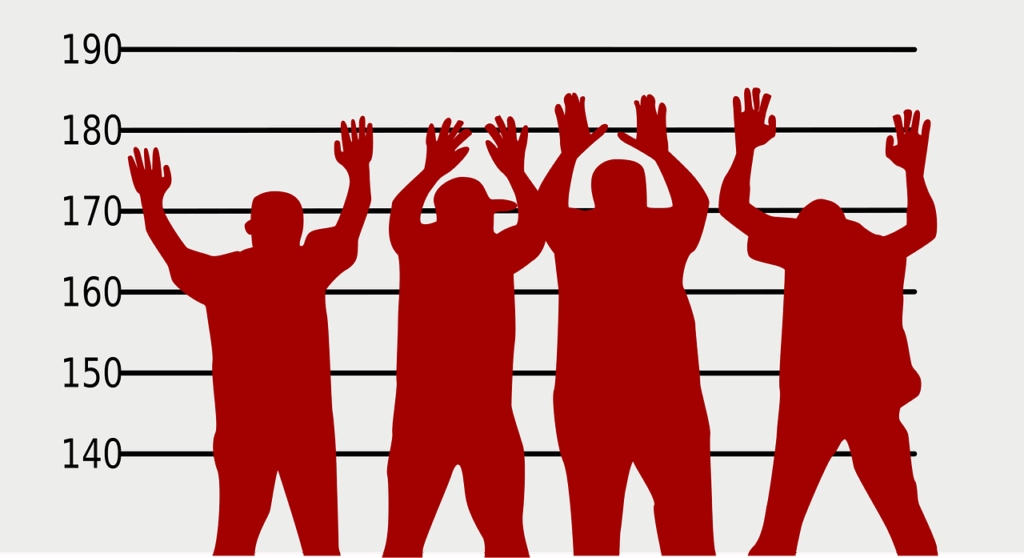
4. **Struggles and Shifting Lineups: The First Two Albums**Supertramp’s recording career began with the release of their self-titled debut album on August 14, 1970, in the UK and Canada, though it would not reach the US until late 1977. This first effort, stylistically aligned with the progressive rock trends of the era, garnered “a good deal of critical praise.” Despite the positive reception from critics, the album failed to achieve significant commercial traction, suggesting that it did “not attract a large audience.” The lack of widespread public appeal presented an immediate challenge for the nascent band, which was still attempting to find its footing and secure a stable presence in the music industry.
The period following the debut album was marked by further instability in the band’s lineup. Richard Palmer, who had been instrumental in suggesting the name “Supertramp” and co-writing early lyrics, departed in December 1970. His exit was followed swiftly by that of drummer Robert Millar in January 1971, who reportedly suffered a nervous breakdown. These rapid personnel changes underscored the inherent difficulties the group faced in maintaining cohesion and a consistent creative vision. Palmer, notably, went on to become a lyricist for King Crimson, indicating the talent that was briefly part of Supertramp’s formative years.
The second album, “Indelibly Stamped,” released in June 1971, saw more lineup adjustments, with Frank Farrell joining on bass, keyboards, and backing vocals, while Roger Hodgson transitioned to guitar. Rick Davies also took on a more prominent role as a second lead singer. However, this album fared even worse commercially than its predecessor, selling “less than their debut.” The continued lack of commercial success eventually led to the gradual departure of all members except Davies and Hodgson by October 1972, and their initial financial backer, Stanley Miesegaes, withdrew his support. This period of artistic struggle and lineup flux was a critical crucible, forcing Davies and Hodgson to reconsider their approach and ultimately leading to a profound transformation for the band.
5. **The Formation of the Classic Lineup (1973)**Following the lean years and the dissolution of the initial lineup, a critical turning point arrived for Supertramp in 1973. With Miesegaes’s financial support withdrawn, Rick Davies and Roger Hodgson were left to rebuild. Bassist Dougie Thomson, formerly of The Alan Bown Set, had joined in July 1972, providing a stable rhythmic foundation. The summer of 1973 then saw further auditions that proved pivotal, introducing two more enduring members who would solidify the band’s classic lineup and define its most successful decade.
These auditions brought in Bob Siebenberg, initially credited as Bob C. Benberg, on drums and percussion, and another alumnus from The Alan Bown Set, John Helliwell, whose contributions on saxophone, other woodwinds, occasional keyboards, synthesizers, and backing vocals significantly expanded Supertramp’s sonic palette. Helliwell’s distinctive saxophone became an integral part of the band’s identity, adding a jazz-inflected sophistication to their progressive rock and pop blend. Simultaneously, Hodgson began to prominently feature keyboard compositions, particularly utilizing the Wurlitzer electric piano, further diversifying the group’s instrumental textures.
This newly formed quintet of Rick Davies, Roger Hodgson, Dougie Thomson, Bob Siebenberg, and John Helliwell, established in the summer of 1973, would prove to be the most enduring and commercially successful iteration of Supertramp. This lineup remained intact for an impressive ten years, a period during which the band would achieve its greatest critical and commercial triumphs. The stability and collective talent of this configuration allowed them to fully develop their unique sound, moving them beyond their earlier experimental phases towards a more polished and accessible yet still complex musical identity that would soon resonate globally.
Read more about: 11 Iconic Classics: Your Ultimate Guide to Restoring Affordable Dreams Instead of Buying Them
6. **”Crime of the Century” and the Commercial Breakthrough**With the classic lineup firmly in place and renewed backing from A&M Records, thanks to the efforts of A&R executive Dave Mergerson, Supertramp entered a new phase of intense creative development. The band, along with their families and crew, relocated to a cottage called Southcombe in Somerset, where they spent a significant portion of 1973 and 1974 meticulously crafting material for their third album. This communal living and focused work environment allowed for a deep immersion in the creative process, essential for producing the hit record they desperately needed to sustain their career.
Released in September 1974, “Crime of the Century” was indeed that hit record, marking the beginning of Supertramp’s remarkable run of critical and commercial successes. The album immediately garnered significant attention, climbing to number four in Britain, number 38 in the US, and an impressive number four in Canada. Its enduring appeal was evident in Canada, where it remained in the top 100 albums for three consecutive years (1974, 1975, and 1976), despite not producing a Top 40 single in that country during its initial chart run. This album effectively transformed the band’s fortunes, moving them from struggling experimental artists to an act with genuine momentum.
The album’s success was further propelled by its singles. “Dreamer,” a track written by Roger Hodgson, became the band’s first hit single, reaching the UK Top 20 in 1975 and driving the album to the top of various charts. Another single from the record, “Bloody Well Right,” written by Rick Davies, broke into the US Top 40 in May 1975, becoming their sole hit in the country for more than two years. “Crime of the Century” not only provided Supertramp with the commercial validation they needed but also showcased their evolving sound, a blend of intricate progressive rock arrangements with increasingly pop-oriented melodic structures, setting the stage for even greater achievements.
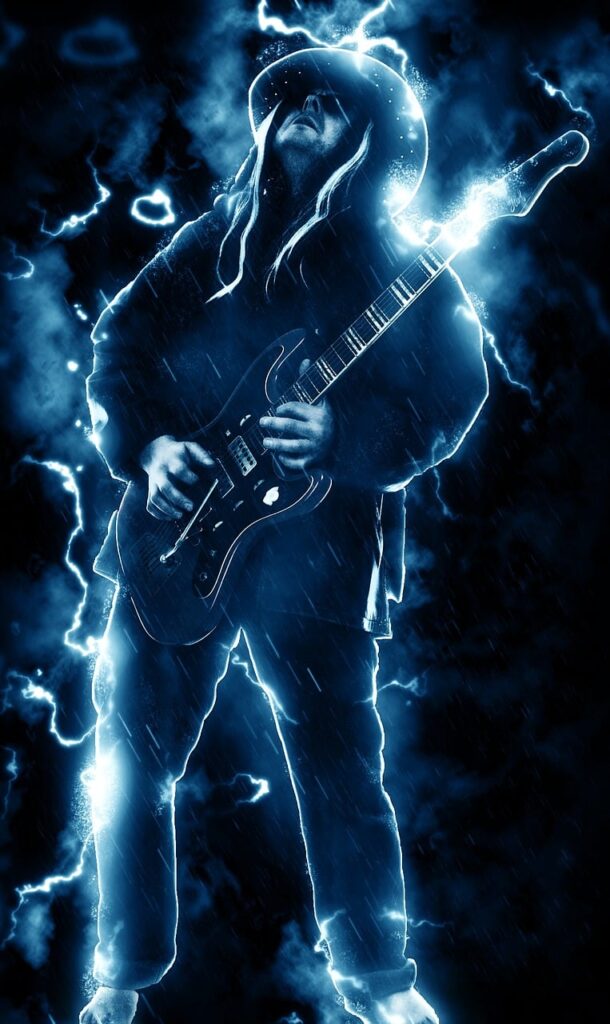
7. **Ascendancy to Global Stardom: “Breakfast in America”**The trajectory towards a more pop-oriented sound, which began with “Crime of the Century,” reached its zenith with Supertramp’s sixth studio album, “Breakfast in America.” This album would become their most popular and commercially successful release, solidifying their status as global rock stars. The meticulous effort invested in its creation was considerable, with Roger Hodgson famously parking a camper outside the studio for the final two months, diligently working on the mixing with minimal breaks. He recounted a strong premonition that “it could be a big album,” dedicating “days and sometimes weeks choosing the right songs and the right order of songs so one song flowed into the next.” This dedication from both Davies and Hodgson ensured the album was a cohesive and impactful statement.
Released in March 1979, “Breakfast in America” proved to be a monumental success, soaring to number three in the UK and achieving number one status in both the US and Canada. Its widespread appeal was unprecedented for the band, marking a significant commercial peak. The album’s triumph was underpinned by an extraordinary run of successful singles, surpassing the combined hit count of their first five albums. These included three of Hodgson’s compositions: “The Logical Song,” which hit number one in Canada, number six in the US, and number seven in the UK; “Take the Long Way Home,” reaching number four in Canada and number ten in the US; and the title track “Breakfast in America,” which climbed to number nine in the UK.
Rick Davies’s songwriting also contributed significantly to the album’s success with his track “Goodbye Stranger,” which reached number five in Canada, number fifteen in the US, and number 57 in the UK. The album’s international acclaim and the ubiquity of its singles cemented Supertramp’s place in popular music history. It was a testament to the classic lineup’s synergy and their ability to craft complex, yet accessible, music that resonated deeply with a vast audience, showcasing their mastery of combining intricate musicality with irresistible pop hooks. This period represented the pinnacle of their collaborative artistic efforts, setting a high bar for their subsequent work.
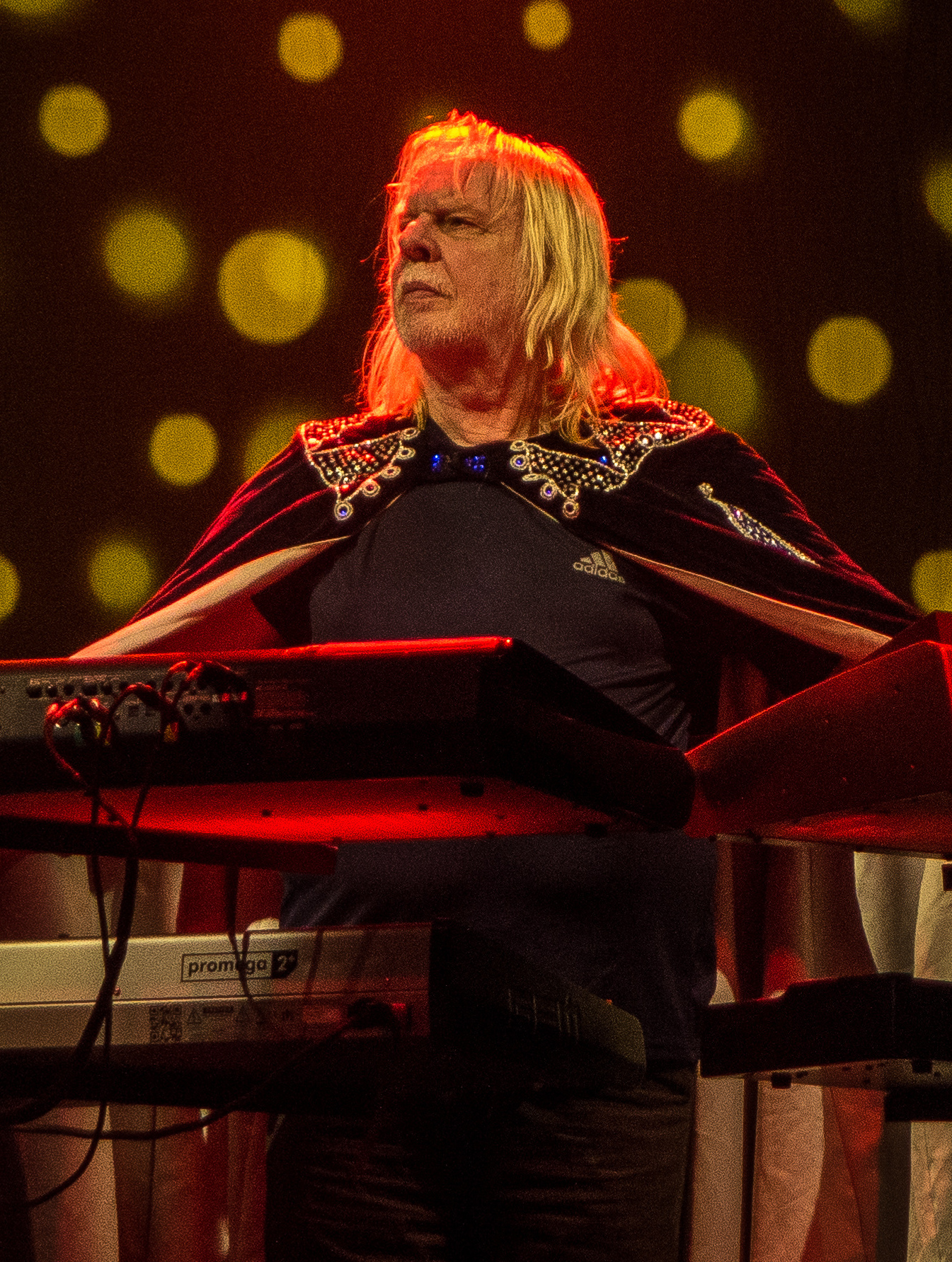
8. **Hodgson’s Departure and …Famous Last Words…**The period following Supertramp’s commercial zenith with “Breakfast in America” saw a significant shift in the band’s internal dynamics. Roger Hodgson, seeking a focus on family and a more spiritual life, relocated his family from Los Angeles to the secluded mountains of northern California. There, he established a home and studio to concentrate on solo recordings, initially conceiving an album titled *Sleeping with the Enemy*, later released as *In the Eye of the Storm* in 1984. This geographic and personal separation inevitably widened the existing artistic rift between Hodgson and Rick Davies, setting the stage for an imminent change in Supertramp’s trajectory.
During the conceptualization and recording of their subsequent album, *…Famous Last Words…*, the creative partnership that had defined Supertramp’s most successful era encountered unprecedented difficulties. Davies and Hodgson, whose distinct musical ideas had once synergized to create a unique sound, found it increasingly challenging to reconcile their differing visions. This strained collaboration became evident to the other band members, who observed Hodgson’s growing desire to exit the group, marking a palpable tension within the recording sessions.
*…Famous Last Words…* was released in October 1982, representing the final studio effort featuring both Davies and Hodgson. The album yielded two more charting singles, “It’s Raining Again” and “My Kind of Lady,” contributing to Supertramp’s continued commercial presence. It peaked at number 5 in the United States and number 6 in the United Kingdom, demonstrating that despite internal discord, the band retained a substantial global audience and critical reception.
A worldwide tour followed in 1983, with the band augmented by additional stage musicians Fred Mandel and Scott Page. As the tour concluded in September 1983, Hodgson formally announced his departure, citing a desire to dedicate more time to his family and pursue solo recording ventures. He explicitly stated that his decision stemmed from personal aspirations rather than any fundamental personal or professional conflicts with Davies, contrary to prevailing speculation. Concurrently, the band’s long-standing manager, Dave Margereson, resigned in July 1983, with Davies’s wife, Sue, subsequently assuming managerial responsibilities, marking a new chapter for Supertramp under singular leadership.
9. **The Davies-Led Era Begins: Brother Where You Bound**Following Roger Hodgson’s departure, Rick Davies assumed sole leadership of Supertramp, steering the band into a new phase of its career. The first album released under this new configuration was *Brother Where You Bound*, which debuted in May 1985. This record represented a deliberate and pronounced stylistic shift, moving away from the more pop-oriented sound that had characterized their two preceding studio albums. Davies aimed to re-establish a sound more rooted in the band’s progressive rock origins, emphasizing complex arrangements and thematic depth.
The album achieved moderate commercial success, reaching number 20 on the UK charts and number 21 in the United States, demonstrating that Supertramp, even without Hodgson, retained a loyal audience. It featured the Top 30 hit single “Cannonball,” which showcased Davies’s distinctive songwriting and vocal delivery. The album’s commercial performance, while not matching the peaks of *Breakfast in America*, confirmed the band’s continued viability and artistic direction under Davies’s guidance.
A notable highlight of *Brother Where You Bound* was its ambitious title track, a 16-minute exposition that delved into themes related to the Cold War. This extended composition featured intricate musical passages and prominent guitar solos contributed by Pink Floyd’s David Gilmour, adding a layer of gravitas and instrumental prowess. A 20-minute film, directed by Rene Daalder, was produced to promote the title track, underscoring the artistic scope and promotional investment in this new direction.
Supertramp embarked on a comprehensive tour in the fall of 1985 through early 1986, marking their first major concert series without Roger Hodgson. The touring lineup comprised Davies, Dougie Thomson, John Helliwell, Bob Siebenberg, Scott Page, Marty Walsh, Carl Verheyen, and Mark Hart. Brad Cole temporarily stepped in for Hart during late October and early November 1985 due to a family emergency, ensuring the continuity of the performances and adapting to the new ensemble dynamics.

10. **Free as a Bird and Stylistic Experimentation**The band’s next studio album, *Free as a Bird*, released in 1987, further explored experimental territories, particularly through a heavy integration of synthesized music. This stylistic departure was exemplified by the track “I’m Beggin’ You,” which achieved significant success by reaching number one on the US dance charts. The album represented a bold move for Supertramp, embracing contemporary electronic sounds and production techniques, aiming to evolve their musical identity in the absence of their co-founder.
However, the pronounced stylistic change introduced in *Free as a Bird* was not universally well-received by critics or a significant portion of their traditional fanbase. This reception was reflected in its commercial performance, with the album reaching only number 93 in the UK and number 101 in the US. This marked a notable break in Supertramp’s consistent streak of seven consecutive top 100 entries on the American charts, indicating the challenges inherent in reinventing a band’s established sound.
Further solidifying their post-Hodgson identity, the band made a conscious decision to remove all of Roger Hodgson’s compositions from their live setlist during this period. This move was intended to establish a distinct artistic presence and reinforce the new direction under Rick Davies’s leadership. However, this omission generated significant discontent among audiences, many of whom cherished Hodgson-penned hits as integral to the Supertramp experience.
While Supertramp initially toured in 1985 performing only Davies’s compositions, the pressure from fans and the demands of their first tour of South America in 1988 necessitated a reconsideration. Consequently, the band reintroduced a select number of Hodgson-penned hits back into their performance roster. The touring lineup for 1988 remained largely consistent with the 1985-86 iteration, with Brad Cole returning in place of Scott Page and percussionist Steve Reid joining, replacing guitarist Carl Verheyen, as the band navigated audience expectations and evolving musical landscapes.
Following the conclusion of the 1988 tour, Supertramp entered a period of fragmentation and indefinite hiatus. Rick Davies later elaborated on this decision, stating, “We’d been out there for about 20 years just recording and touring and it seemed time to have a break with no ideas as to if or when we would come back.” The band opted against a formal announcement, preferring to “just sort of fade away like an old soldier,” a quiet pause after two decades of continuous musical output.
Read more about: A High-Octane Flashback: Unveiling 14 Iconic Cars That Revved Up the Unforgettable ’70s

11. **Brief Reunion Attempts and Subsequent Reformations**Years after their informal hiatus, a momentary reunion of key Supertramp figures occurred on April 14, 1993, at the Beverly Hills Hilton. This special event, honoring Jerry Moss, co-founder of A&M Records, saw Roger Hodgson, Rick Davies, and John Helliwell, joined by Jeff Daniel, perform “The Logical Song” and “Goodbye Stranger.” This public appearance sparked hopes of a more substantial creative collaboration between Davies and Hodgson, signaling a potential thaw in their longstanding artistic separation.
Following this event, Davies and Hodgson did indeed begin working together once more, recording demos for two new songs, “You Win, I Lose” and “And the Light.” However, disagreements primarily concerning management issues soon led to another parting of ways. These two compositions would eventually appear, sans Hodgson’s involvement, on Supertramp’s next studio release in 1997, underscoring the persistent challenges in reconciling their individual career paths and creative control.
In 1996, Rick Davies took the initiative to reform Supertramp. The revitalized lineup included established members John Helliwell and Bob Siebenberg, alongside guitarist/keyboardist/vocalist Mark Hart, who had been a prominent contributor to *Free as a Bird* and the band’s tours from 1985 to 1988, now an official member. Carl Verheyen, the guitarist from the 1985-86 touring band, also returned, complemented by new bassist Cliff Hugo, horn player Lee Thornburg, and former America percussionist Tom Walsh. Walsh was later replaced for the 1997 tour by Bob Siebenberg’s son, Jesse, who also contributed guitar, keyboards, and vocals, expanding the band to an eight-man ensemble.
This reformed Supertramp released a new studio album in March 1997 titled *Some Things Never Change*. The album was noted for echoing the band’s earlier sound, demonstrating a return to familiar musical textures and arrangements. It reached number 74 in the UK charts, indicating a modest but notable return to recorded output and public attention. In the summer of 1997, the band embarked on a tour that resulted in the live album *It Was the Best of Times*, released in April 1999, capturing their renewed stage presence and energy.
After a three-year hiatus, Supertramp released another studio album, *Slow Motion*, in April 2002. This was followed by the “One More for the Road Tour” in the same year, signifying a continued, albeit intermittent, period of activity for the Davies-led iteration of the band. During these live performances, Supertramp notably continued to include several Hodgson-penned songs in their setlists.
This practice led to a dispute, with Roger Hodgson later claiming that he and Davies had made a verbal agreement in 1983, upon his departure, that the band would refrain from playing those specific songs. Davies, however, never publicly acknowledged such an agreement. Former bassist Dougie Thomson, when asked about the matter, commented on the private nature of Davies and Hodgson’s conversations, stating that “Nobody except Rick and Roger were privy to that conversation.” The legal and contractual framework officially recognized each songwriter’s compositions, with both Hodgson and Davies holding contractual approval rights over the usage of their respective songs, highlighting the complexities of their shared musical legacy.

12. **Hiatuses, Solo Work, and Declined Reunions**Following the conclusion of the 2002 “One More for the Road Tour,” Supertramp once again entered a period of inactivity. This hiatus extended for several years, during which various attempts to reunite Roger Hodgson with the band proved unsuccessful, including a notable failure in 2005. The prospect of a full Supertramp reunion remained a recurring topic of speculation among fans and the media, though concrete developments were scarce.
In 2009, Roger Hodgson publicly expressed his skepticism regarding a Supertramp reunion, stating that he could not envision it happening. He noted, “We’ve looked at it and talked it over… I would never say never but Rick [Davies] has pretty much retired right now and I’m in the prime of my life.” Hodgson also indicated that feedback from his fanbase leaned against a reunion, advising, “please don’t reunite,” further complicating the prospects for such an event.
On April 21, 2010, Supertramp announced plans for a 35-concert European tour scheduled for late 2010, dubbed the “70–10 tour.” Concurrently, Roger Hodgson had embarked on his own worldwide solo tour, which precluded his participation with Supertramp. Despite this, in response to a fan campaign urging his involvement, Hodgson sent a letter to Rick Davies and had his manager convey an offer to Davies’s management, proposing to join for select dates during open periods in his solo schedule. However, Davies’s agent subsequently informed Hodgson that his offer had been declined.
When questioned about the possibility of Hodgson appearing at any Supertramp concerts, Rick Davies articulated his rationale for the decision. He acknowledged the desire among some fans for a reunion, stating, “There was a time when I had hoped for that too.” However, Davies emphasized that “the recent past makes that impossible,” citing the necessity of “harmony, both musically and personally” to deliver a quality performance for their audience. He concluded that such harmony no longer existed between them, expressing a preference “rather not destroy memories of more harmonious times between all of us,” thereby closing the door on a potential on-stage collaboration.
Supertramp, with Davies at the helm, and Roger Hodgson continued to tour separately throughout 2011. The group’s lineup for their 2010–11 tours consisted of Davies, John Helliwell, Bob Siebenberg, Jesse Siebenberg (who had taken on Mark Hart’s roles), Cliff Hugo, Carl Verheyen, Lee Thornburg, Gabe Dixon, and Cassie Miller, maintaining a consistent and robust touring ensemble. The band played what would ultimately be its final concert on November 15, 2012, at a private event held at the IFEMA fairgrounds in Madrid. This approximately eighty-minute show featured a shortened version of the “70–10” tour setlist. John Helliwell was notably absent due to another professional commitment, with American saxophonist Rob Hardt filling in for him, marking an unforeseen conclusion to Supertramp’s active touring history.
13. **Davies’s Health Crisis and the “Supertramp Forever” Tour Cancellation**Following their last concert in 2012, Supertramp entered another period of dormancy, which lasted from 2012 to 2015. During this time, Roger Hodgson continued his successful solo career, touring extensively with his “Breakfast in America World Tour,” which included European and North American legs throughout 2015, playing to dedicated audiences.
In January 2015, Supertramp announced plans for their first tour in over four years: a 25-date European tour titled “Supertramp Forever.” This highly anticipated series of concerts was scheduled to commence on November 3, 2015, in Porto, Portugal, and conclude on December 11, 2015, at the Ziggo Dome in Amsterdam, Netherlands, with a significant show planned for The O2 Arena in London on December 7.
However, on August 4, 2015, the band issued a somber announcement that the entire “Supertramp Forever” tour was cancelled. The cancellation was attributed to significant health issues affecting Rick Davies, who had received a diagnosis of multiple myeloma, a form of cancer. The medical condition necessitated aggressive treatment to combat the disease, rendering him unable to undertake the demanding schedule of a major international tour. This unexpected health crisis brought an abrupt halt to the band’s planned return to the stage.
The cancellation was a profound disappointment for fans globally, effectively ending hopes of seeing the Davies-led Supertramp perform live again. This period also saw another loss for the Supertramp family; in August 2017, the group’s former sound man, Russel Pope, passed away due to stomach cancer, further underscoring the challenges and personal tolls faced by individuals associated with the band.
14. **Final Years, Royalty Disputes, and Davies’s Passing**In late August 2018, Rick Davies provided a rare interview, offering an update on his health and musical activities. He expressed that he had, for the most part, overcome his significant health problems related to multiple myeloma and was once again enjoying playing music—an activity he had been unable to pursue in 2016 while undergoing medical treatment. Davies was seen performing several tracks during a rehearsal with some current Supertramp members, though he stated that a return of Supertramp as a formally structured band was unlikely, acknowledging the practical realities after his health challenges.
The final years of Davies’s life also saw the culmination of long-standing financial disagreements within the band’s classic lineup. In 2018, Roger Hodgson ceased paying royalties from Supertramp songs to former members Dougie Thomson, John Helliwell, and Bob Siebenberg. This cessation of payments led to a legal challenge, with the three former members filing a lawsuit against both Hodgson and Davies in 2021, seeking resolution for the royalty dispute.
Rick Davies ultimately settled out of court in 2023, reaching an agreement with the plaintiffs. Roger Hodgson initially secured a jury verdict in his favor in 2024. However, this verdict was subsequently reversed by a federal appeals court in 2025, which directed that judgment be entered in favor of Thomson, Helliwell, and Siebenberg, providing a posthumous resolution to the prolonged financial disagreement.
Rick Davies, the enduring co-founder and constant creative force behind Supertramp, passed away from cancer at his home in Long Island on September 6, 2025. He was 81 years old. His death marked the definitive end of Supertramp’s active history, concluding a remarkable journey that began in 1970. Davies’s unwavering dedication, distinctive songwriting, and resilience in maintaining the band through numerous changes cemented his legacy as a pivotal figure in progressive pop and rock, leaving behind a rich musical catalog that continues to resonate with fans worldwide.
Rick Davies’s legacy is defined not just by the groundbreaking musical alchemy he forged with Roger Hodgson, but also by his singular dedication to Supertramp’s continuity through decades of evolution, challenges, and shifting landscapes. His unwavering commitment ensured that the band’s distinctive sound—a sophisticated blend of progressive rock’s complexity and pop’s accessibility—endured for generations. From the early struggles to the global triumphs, and through the later years of personal health battles and legal complexities, Davies remained the steadfast anchor, shaping a body of work that transcended fleeting trends. The final notes of his life resonate with the profound impact of a musician who, until his very last days, was intrinsically connected to the powerful, enduring narrative of Supertramp.





